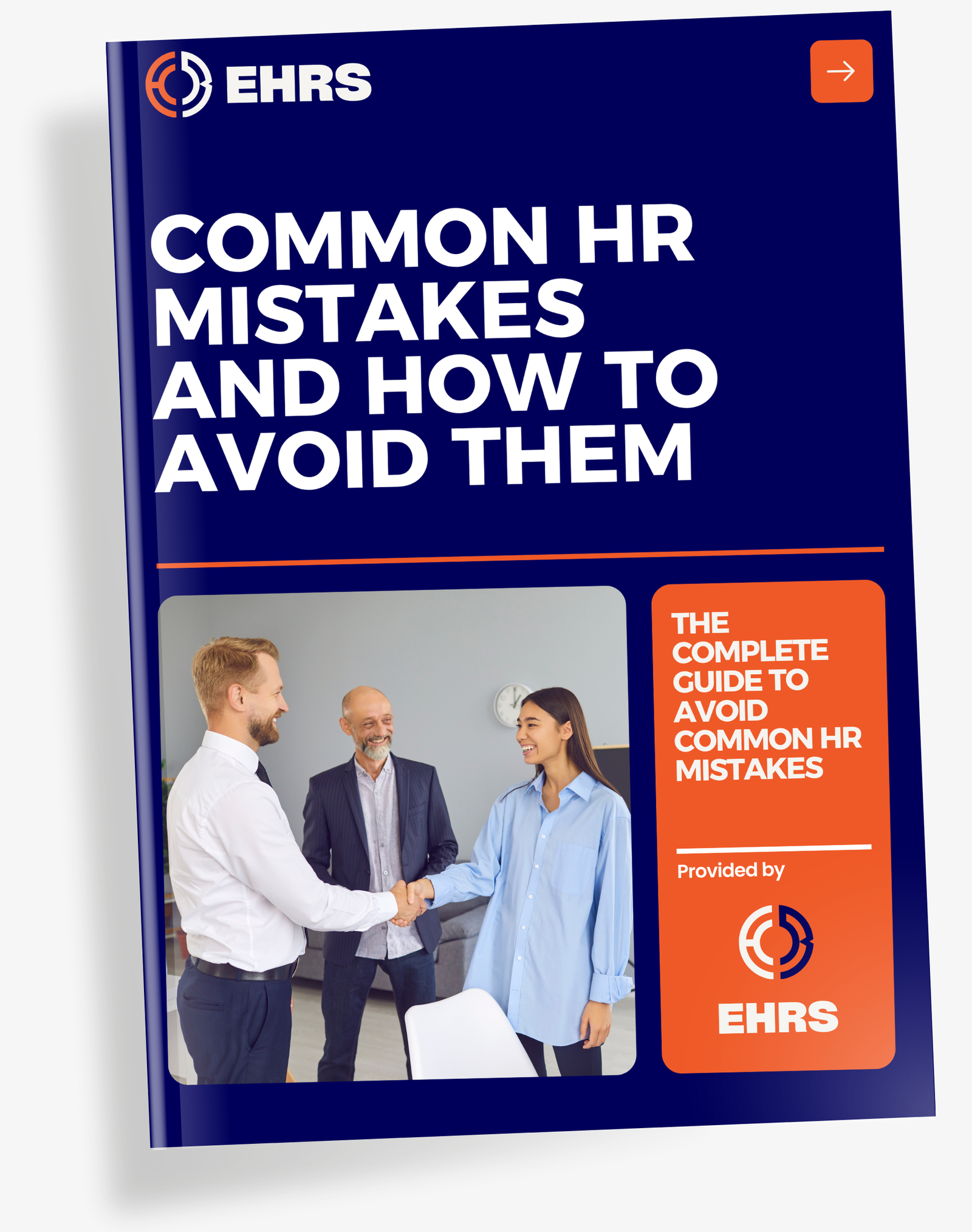Diversity in the workplace typically refers to the presence of a variety of backgrounds, perspectives, and experiences among employees. This encompasses differences in ethnicity, nationality, gender identity, sexual orientation, age, disability, socio-economic status, and more. Having a diverse workforce means your organization is representative of the broader population—bringing unique voices to the table and reflecting the complexities of the markets you serve.
Inclusion, on the other hand, is the practice of ensuring that all employees, regardless of their background or personal characteristics, feel welcomed, respected, and valued. Inclusive workplaces actively foster an environment where every individual can express ideas freely, contribute to team decisions, and pursue professional growth without barriers. While diversity can happen simply by hiring people from various demographics, it is inclusion that ensures they stay, thrive, and add maximum value to the organization.
Why Diversity and Inclusion Matter
- Enhanced Innovation and Creativity
When teams are made up of people from diverse backgrounds, they bring unique viewpoints and insights to problem-solving. This diversity in thought typically leads to greater innovation, as different perspectives help challenge existing processes, spark new ideas, and reduce groupthink. Research by consulting firms like McKinsey & Company has consistently found that companies with higher levels of gender and ethnic diversity are more likely to outperform their peers financially. - Better Decision-Making
Teams that embrace diversity and inclusion in the hiring process often benefit from more robust decision-making. Diverse perspectives enable groups to evaluate ideas more critically, consider alternatives more thoroughly, and avoid cognitive biases. Inclusive environments also empower employees to speak up, leading to better-informed and more well-rounded decisions. - Stronger Employer Brand
In an increasingly global talent market, an organization’s commitment to D&I is closely scrutinized. Potential hires—especially millennials and Gen Z—place high value on an employer’s ethical stance, corporate social responsibility, and track record of inclusivity. By proactively demonstrating inclusive hiring practices, organizations can bolster their reputation, attract top talent, and retain employees who prioritize a sense of belonging in their work environment. - Legal and Ethical Imperative
Many countries in Europe and beyond have regulations aimed at promoting diverse and non-discriminatory hiring practices. The European Union, for example, enforces anti-discrimination laws that protect individuals on the basis of race, ethnicity, religion, age, gender, sexual orientation, and disability. Adhering to these regulations is not only a legal requirement but also an ethical responsibility that helps organizations avoid reputational damage and costly litigation.
Incorporating Diversity and Inclusion into Your Hiring Process
Achieving diversity and inclusion in the hiring process requires a multifaceted approach. HR leaders and hiring managers need to examine every stage of the recruiting pipeline—from job descriptions to onboarding—ensuring each step is free from bias and open to talent of all backgrounds.
- Craft Inclusive Job Descriptions
The first impression candidates have of your organization is often through a job posting. Language plays a critical role here: using inclusive, gender-neutral terms and avoiding coded language can broaden the applicant pool. Tools such as Textio or Gender Decoder can help hiring managers identify words and phrases that might unintentionally deter certain groups. - Source Talent from Diverse Channels
Relying exclusively on traditional channels like LinkedIn or standard job boards can lead to a homogenous candidate pool. Instead, seek out specialized forums or networking groups that cater to underrepresented communities. Consider partnering with universities, professional associations, or nonprofit organizations that focus on diversity to expand your reach and find top-tier candidates who may not typically see your openings. - Implement Blind or Anonymous Screening
Biases—both conscious and unconscious—can affect how resumes are reviewed and which candidates are selected for interviews. One solution is to use blind screening methods that remove identifiable information such as names, addresses, or graduation dates from resumes. This ensures candidates are judged solely on their qualifications and experience. - Train Hiring Managers on Unconscious Bias
Whether we realize it or not, every individual has biases that can influence hiring decisions. Providing training sessions on unconscious bias can help hiring managers become more aware of these tendencies and learn strategies to mitigate them. Emphasize the importance of structured interviews, standardized evaluation criteria, and collaborative decision-making to foster more impartial hiring. - Promote Transparency and Metrics
To track progress, organizations can monitor data related to the diversity of incoming applicants, interviewees, and hires. Analyzing these metrics sheds light on where biases may be creeping in and helps identify areas for process improvement. Transparency around goals and results also signals your commitment to change and ensures accountability throughout the hiring cycle.
Overcoming Common Challenges
Implementing a robust D&I program is not without its obstacles. Some challenges organizations may face include:
- Cultural Resistance
Employees and managers who are used to homogenous team structures or have longstanding hiring practices may resist changes. Overcoming this requires strong leadership support, clear communication about the benefits of an inclusive workforce, and consistent reinforcement of D&I as a core organizational value. - Resource Constraints
Smaller organizations or startups may worry they lack the financial resources to invest in diversity initiatives. However, basic strategies—like implementing inclusive language in job postings or conducting bias-awareness training—can be low-cost yet highly impactful. Government or non-profit grants aimed at promoting diversity in the workplace may also provide financial assistance. - Maintaining Momentum
Building a diverse talent pipeline is just the first step. Organizations must continue fostering an inclusive culture that supports retention, career progression, and leadership development. Without continuous effort, even a well-intentioned hiring campaign can fizzle out, leaving the organization without the full benefits of a diverse workforce.
Alignment with Europe HR Solutions Best Practices
Euro HR Solutions offers a variety of resources, from HR trends to watch to insights on HR decision-making. Although these references may not specifically detail strategies on diversity and inclusion in the hiring process, they do emphasize a proactive approach to HR management, strategic thinking, and navigating unique challenges within the European market. Integrating D&I principles into your hiring pipeline aligns perfectly with the broader mission of Europe HR Solutions: to help organizations thrive by leveraging best-in-class HR tools, cultural expertise, and industry-specific knowledge.
- Understanding HR Operations: Highlights the importance of well-structured HR frameworks that can be adapted for diversity programs.
- EU Expansion & PEO Insights: Provides guidance on employing staff in different European regions, underlining the need to adapt to various cultures and laws—a crucial step toward inclusive hiring.
- HR’s Role in Crisis Management: Demonstrates that a workforce with diverse perspectives often navigates crises more effectively.
- HR Trends to Watch: Suggests that, as the business environment evolves, diversity and inclusion remain central to future-focused HR policies.
- HR Best Practices: Encourages continuous learning and improvement—this naturally includes maintaining a culture of inclusion throughout the talent cycle.
- HR Decision Making: PEO & Staff Leasing: Points to flexible HR solutions that could help companies accelerate diverse hiring, especially when expanding into new regions or markets.
Realizing the Benefits of an Inclusive Workforce
When organizations fully integrate diversity and inclusion in the hiring process, they typically experience tangible improvements. Some of these benefits include:
- Higher Employee Engagement: Individuals who feel respected and recognized for their unique backgrounds are more motivated, productive, and loyal.
- Reduced Turnover: Inclusive work environments enjoy lower attrition rates, thus saving on recruiting and training costs.
- Increased Adaptability: Companies with diverse teams often respond to changing market conditions more swiftly and effectively.
- Access to Broader Talent Pools: By emphasizing inclusivity, organizations can better attract and retain top-tier candidates who might otherwise seek out competitors with more welcoming cultures.
Conclusion
The imperative to prioritize diversity and inclusion in the hiring process has never been greater. By intentionally designing recruitment strategies that mitigate bias, organizations can build teams that mirror the rich diversity of their client base and society at large. From crafting inclusive job descriptions to training hiring managers on unconscious bias, every step of the hiring journey can be refined to ensure that underrepresented groups have an equitable path into the organization.
Moreover, these efforts must not stop once the hiring process concludes. Companies should back up their commitment to D&I with ongoing mentorship, development programs, and inclusive policies that empower all employees to thrive. True inclusion involves a cultural transformation—one that Europe HR Solutions emphasizes in its comprehensive HR strategies and best practices.
With the right framework, organizations will not only stand out in their respective fields but also foster a work environment where creativity, innovation, and collaboration flourish. By investing in diversity and inclusion in the hiring process, today’s businesses set themselves up for long-term success, cultivating an engaged workforce that’s ready to meet the dynamic challenges of an ever-evolving global market.





